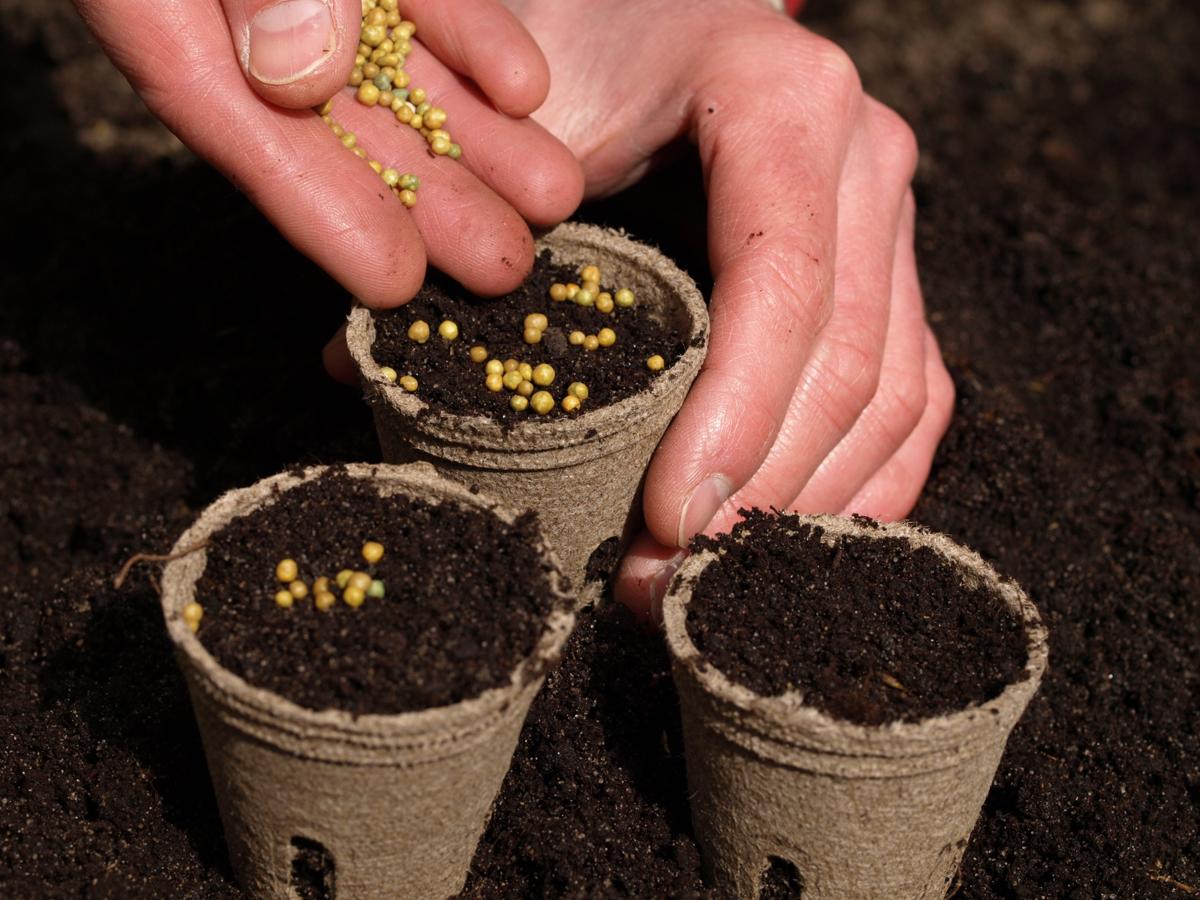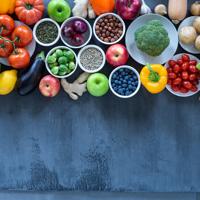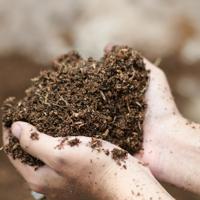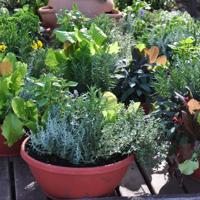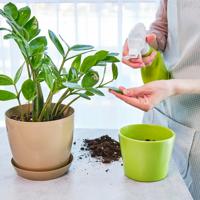Container gardening is a popular method for those with limited outdoor space or for anyone who prefers the versatility and convenience it offers. However, nurturing plants in containers comes with its own set of challenges, particularly when it comes to fertilization. Here, we’ll explore effective ways to keep your container plants healthy and vibrant.
Understanding the Needs of Container Plants
One of the fundamental differences between container plants and those in the ground is the restricted root space and limited soil volume. This means they rely heavily on you to provide necessary nutrients. It’s crucial to understand that these nutrients get depleted faster than in garden beds, mostly due to regular watering which washes them away.
Choosing the Right Fertilizer
Choosing the right fertilizer depends on several factors, including the type of plants you’re growing and their specific needs.
-
Organic vs. Synthetic: Organic fertilizers, such as compost or fish emulsion, are typically considered more environmentally friendly. They release nutrients more slowly, which can be beneficial for long-term health. Synthetic fertilizers can offer immediate results but may lead to salt build-up if not used carefully.
-
Balanced Fertilizers: For many container plants, a balanced fertilizer with equal parts of nitrogen, phosphorus, and potassium (e.g., 10-10-10) is often a solid choice. However, always consider the specific needs of your plants. For example, flowering plants may benefit from a formula with higher phosphorus content.
Timing and Frequency
Regular feeding is key to healthy container plants, but how often you should fertilize depends on various factors, such as plant type, growth stage, and weather conditions.
-
Frequency: As a general rule, fertilizing every two to four weeks during the growing season will suffice for many container plants. For slow-release fertilizers, follow the instructions on the packaging as these can last for several months.
-
Growth Stages: Seedlings and young plants usually require a more diluted fertilizer solution to prevent burn, while mature plants can handle higher concentrations.
Application Techniques
How you apply fertilizer can influence how well your plants absorb the nutrients.
-
Water Soluble Fertilizers: These offer the benefit of instant availability. You can mix them with water and apply directly to the soil or as a foliar spray for quick absorption.
-
Slow-release Granules: These can be mixed into the potting soil at planting time or sprinkled on top and watered in. They gradually release nutrients over a specified period.
Signs of Over-fertilization
Over-fertilizing can often do more harm than good. It’s important to pay attention to your plants and watch out for symptoms of over-fertilization:
- Leaf tip burn or wilting
- Crispy, brown edges on leaves
- Stunted growth or no growth at all
If you suspect over-fertilizing, leach the excess salts from the soil by watering thoroughly and allowing excess water to drain completely.
A Personal Note
Container gardening has been a rewarding experience for me, allowing for a dynamic and adaptable garden space. By learning more about proper fertilization, I’ve seen my plants thrive, producing vibrant foliage and blooms. It’s an ongoing journey with each plant teaching me something new.
Conclusion
Fertilizing container plants doesn’t need to be intimidating. With thoughtful observation and consistent care, you can maintain a flourishing container garden that contributes to your sustainable lifestyle. Each plant is unique, so take the time to understand their specific needs and adjust your care regimen accordingly.
For further reading, consider reviewing publications from the University of Florida IFAS Extension which provides helpful resources on plant care and fertilization. Remember, gardening is as much about learning from the plants as it is nurturing them.
